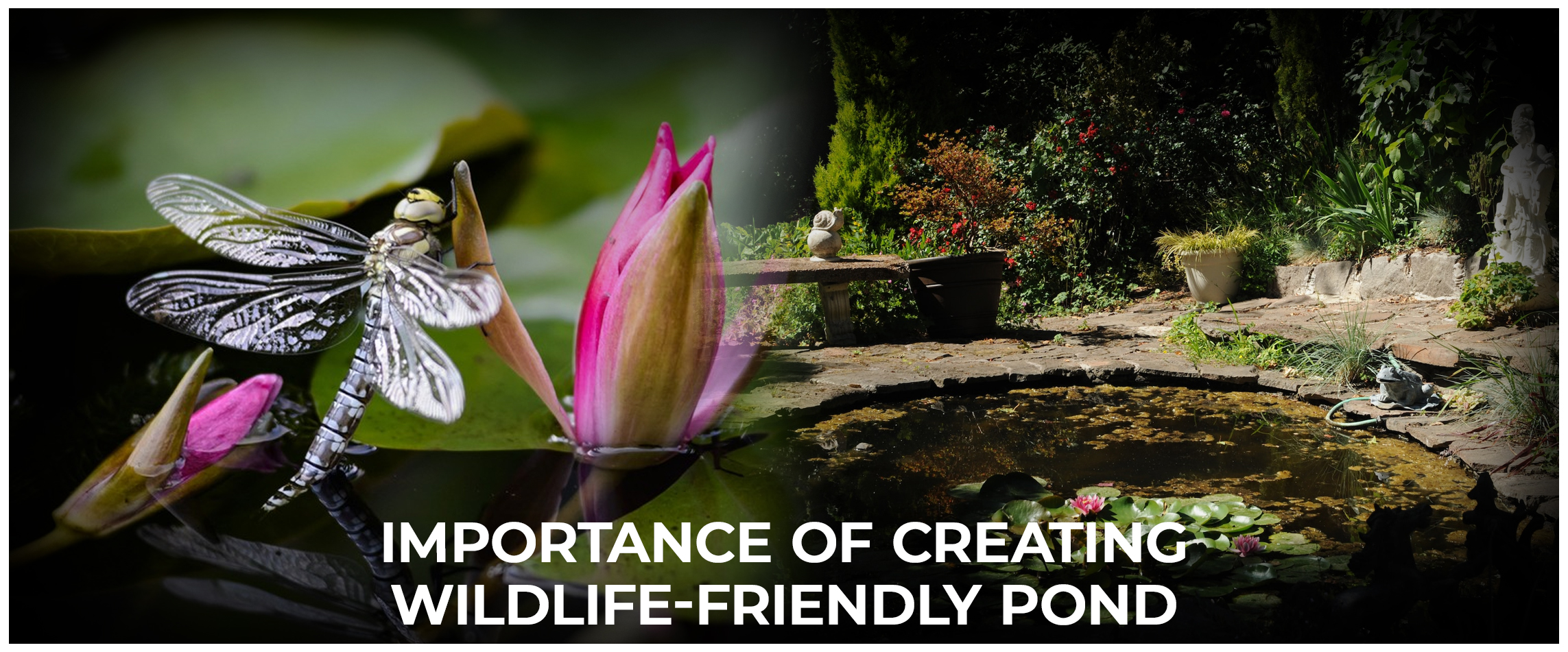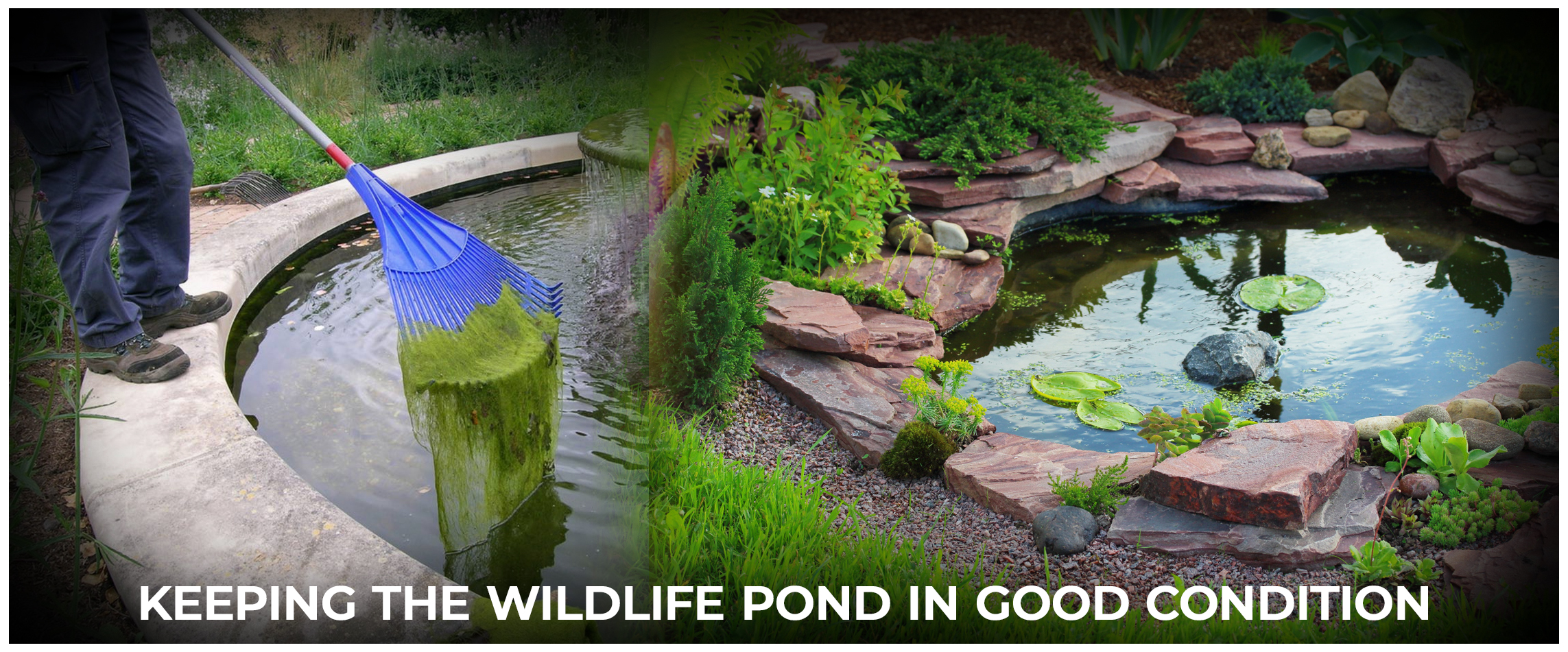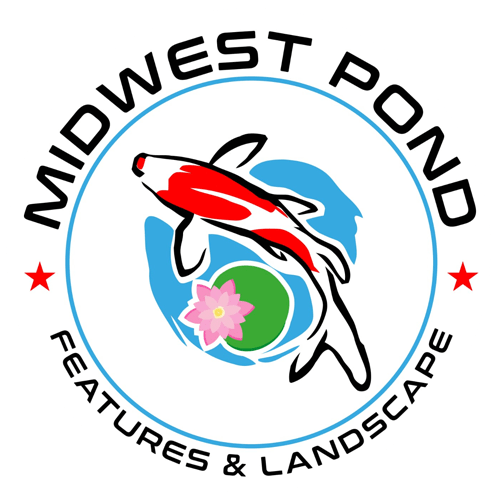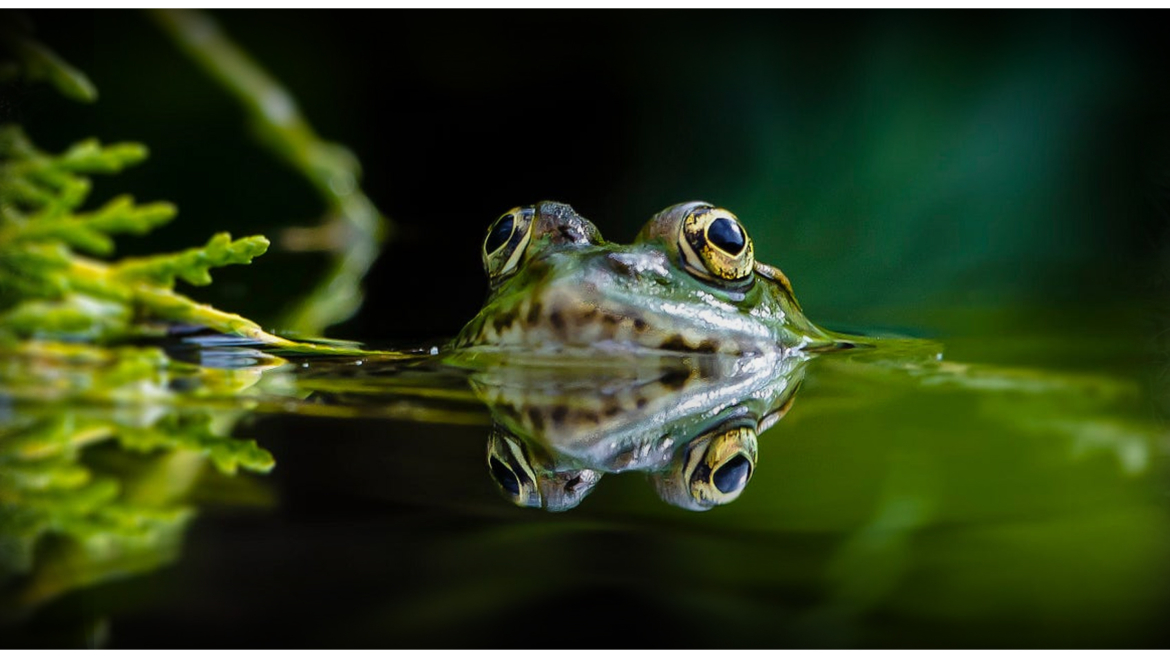Nature is full of marvels, so creating an essential small oasis of life in the garden can bring you closer to it. Ponds can enhance the visual appeal of the outdoor area by adding faunal species such as birds, frogs, and beneficial bugs. In this blog, we will explore the most essential steps that will eventually lead to a garden that will become a home for animals.
Native wildlife and kind pests are paramount for a garden that runs on thriving. They are essential for the development of the ecosystem in general, and it is very nice to make at least a small backyard pond to attract them. Eco-friendly ponds with creatures can make a big difference in the garden or outdoor space.
It may be an ornamental space for nature, while more flowers may look fresher. If there are expansive lawns or little plots in the city, making a wildlife pond will give the plants and insects many good places to live. This makes the garden go further and prepare to produce plenty of food crops.
A freshwater pond will be more beneficial in luring friendly bugs into the garden. The credit of ladybugs, lacewings, and pollinators, too, should be credited to them. You’ll welcome animals like frogs and birds to the garden, and by giving them an excellent place to live and water, others will be attracted to the garden. Having this will keep the garden safe from pest attacks. Also, grow a healthy and robust garden without using harmful pesticides to achieve that.

Importance of Creating Wildlife-Friendly Pond
Ponds that are good for wildlife are vital to keeping the whole of nature in balance. They are also popular places for numerous animals and plants, which makes the ecosystem around them greener.
Also, these ponds help bees and butterflies by giving them water and assisting local plants to make more plants. Wildlife-friendly ponds help save water and support many different plants and animals. They also help keep the soil moist. Also, these ponds are good for learning.
Observe and understand how different living things are connected in the backyard. Adding a wildlife pond to the outdoor area does more than just make it look nice. It helps create a more sustainable environment for plants and animals.
Find the Perfect Location
The first step in making a small wildlife pond is to find a good spot. Find a flat area without big trees or bushes nearby. Their roots might get in the way of digging or create problems with water quality. Think about how the pond will fit into the garden and look with everything else in the yard. Remember that a wildlife pond can be small or big, so pick a place that fits the space.
There are essential things to consider when picking the wildlife pond’s location.
Pond plants need 6-7 hours of sunlight every day. During spring and summer, this is more important because pond plants often slow down or die in the winter.
- Shade is essential, especially when it’s boiling outside. The shade will keep the pond cool in the summer and prevent too much algae from growing. Planting more plants around the pond will provide shade for it.
- Water nearby is essential, especially in the summer when the pond water quality might get low or too hot.
- Ensure the pond is safe and accessible for pets or young kids. If there is a small pond, consider how the pets or kids can access it. For example, my dog loves water and would jump in right away.
- Having gardens nearby is good for attracting wildlife, helping to grow plants, and keeping pond plant pests away. Current gardens will also make pathways for animals to travel safely to and from the pond.
Picking the Design for Your Pond for Animals
The size and look of the wildlife pond depend on the space you have and the structure used. Choose a prefabricated pond, a pot or barrel pond, or a pond with a liner.
Find a pond liner about 1 meter by 1 meter and 30 cm deep. Many different-shaped ponds can fit in different spaces. You can also create your pond using baths, tubs, and tanks.
Filling and Balancing
It’s essential to have water nearby to fill up or cool down the pool when it’s hot outside. If you can’t use rainwater to fill the pond, you can use tap water, but you must take extra steps to balance and remove the chlorine.
To make the water safe, let it sit and air out for 2-3 weeks, or use a pump to add air to the water to make it safe faster. Another option for treating the water is to buy a water conditioning treatment. Then, wait two weeks before adding pond fish and let natural bacteria grow. Put in some “splosh,” little packets of helpful bacteria that dissolve for pond cleaning.
Animals Selection
To attract many animals to the yard, create shallow water areas 2-3cm deep. This will help frogs, dragonflies, water beetles, and animals like hedgehogs and birds take baths. Frogs need deep water (up to 1m) because they hibernate in the mud at the bottom and breathe through their skin.
The following creatures are likely to live in the pond:
Frogs
Frogs make baby frogs in ponds, and the baby frogs eat the green stuff in the water. Make a place for plants where frogs can hide from danger, like shade and protection from other animals.
Birds
Birds will go to ponds to drink water and clean themselves. Birds need to keep their feathers clean, especially in winter. Wet feathers are more accessible to the groom. Preening helps birds spread oil on their feathers to keep them warm and waterproof.
Dragonflies
Dragonflies lay their eggs in water, and their baby dragonflies need water plants to grow. The pond should be in a place with lots of sun but protected from the wind.
Hedgehogs
Hedgehogs can go in water, but they will get tired and die if they can’t escape the pond. Make a gentle slope for people to walk quickly or put a plank down as a ramp for access. Don’t use netting in ponds because it can catch hedgehogs.
Water Invertebrates
Many water animal species also lack backbones, like water snails, pond skaters, and boatmen. Pond skaters with a rapidly moving two-legged form can be seen on the pond’s surface from April through October. Water bugglers submerge in the pond, feeding on plant particles or algae.
Newts
Newts lay their eggs on plants in the pond. Some good plants are water forget-me-nots, brooklime, watercress, and reeds.

Keeping the Wildlife Pond in Good Condition
Pond maintenance is essential, especially in the first year, as weather changes and things grow. This will help to see what animals are there and how to improve the pond for them. Adding a small pump or fountain can help keep the pond cool and lessen the amount of algae in it. A solar pump and fountain for pond care will be added.
- Remove old leaves or too much algae from the water.
- Add more water in the summer if necessary.
- Adding “Splosht” or similar bacteria helps keep the water clean and healthy.
- Moving plants to bigger pots or controlling how big they grow.

FAQs
How can I keep the water clean in my pond that is friendly to wildlife?
The pond’s water should remain clear, and the living animals should be adequately cared for. Collect leaves and minimize fertilizer nutrients that might be much more than needed. Evaluate the option of placing water plants that can clean up the water on their own, too.
We should regularly check and read the pH indicators and, using eco-friendly detergents, make any required adjustments. Avoid using chemicals to kill bugs or weeds, which can destroy the balanced environment.
Can we make a small backyard pond for animals?
A small pond can still bring in different animals, like frogs and bugs. Choose smaller pond designs and container ponds if there is little space. Pay attention to plants from the area that are suitable for small spaces.
Also, vertically add things like rocks or logs to maximize the space. Planning carefully and considering the space allows for a wildlife-friendly pond, even with a small outdoor area.
Wrapping it Up
While embarking on creating a wildlife pond, the garden will be transformed into a unique garden that will not only become a refuge from nature but also contribute to our planet’s well-being.
Little ponds full of life and biodiversity are helpful for three things: pond plant pest control and pollination, water conservation, and education. By performing the easy steps outlined in this blog, introducing a habitat suitable to frogs, birds, and other insects could not be easier, so turn the backyard into a beautiful and mesmerizing natural space.
Every time nature, including the pond, begins to flower around, you will have the joy of observation. Create a pond in the garden that blossoms with the beauty of a shelter for wildlife, and may it bring gladness that we are an integral part of this natural world. Happy ponding!

